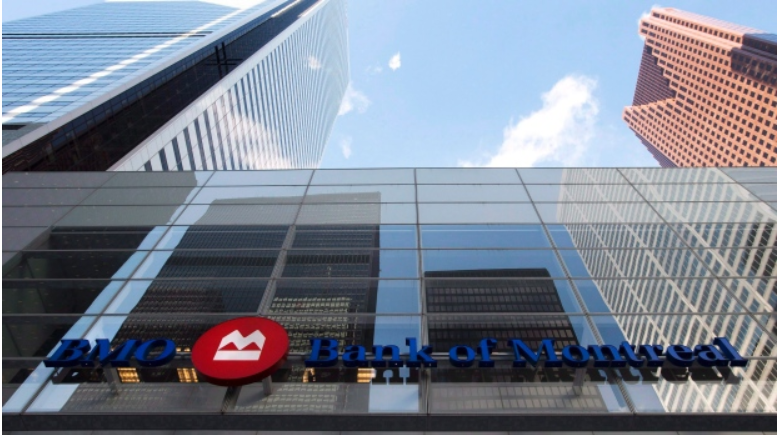The Bank of Montreal has launched an online portfolio manager, making it the first of the big five Canadian banks to offer a “robo-adviser.”
The SmartFolio service is a financial advice service that interacts with customers online, directing them to a portfolio of exchange-traded funds depending on their answers to its series of questions about your income, investment horizon and tolerance for risk.
- Robo-advisers come of age as cost disclosure rules loom
- How well does a financial adviser know your risk profile?
Robo-advisers are thought to be a key future direction in offering financial advice, because tech-savvy millennials prefer online service.
Charyl Galpin, head of BMO Nesbitt Burns, part of BMO Wealth Management, says the prospective customer may be someone who is ready to start investing, but not yet prepared for a full-fledged financial plan.
“It’s an attractive service for millennials who like to work with global technology – that was a key focus,” Galpin told CBC News. “But it’s for anyone who likes the comfort of using technology and their investment needs are less complex.”
Robo-advisers also may appeal to more traditional investors after they find out all the hidden fees they are paying for financial advice in their statements to be issued later this year.
Fee disclosure coming
Beginning July 15, 2016, investment brokers and dealers will have to supply their clients with, among other things, a report that itemizes the annual costs of the service fees, embedded commissions, referral fees and all the other charges investors may have no idea they pay to their money managers.
The amounts may astonish many investors and drive them to seek out low-cost alternatives, such as robo-advisers.
Galpin said BMO is responding to a “gap in the market.” She estimates the demand for online portfolio management will reach $300 billion a year in North America by 2020.
There are numerous standalone robo-adviser services in the Canadian market, including WealthSimple, NestWealth and WealthBar. All the big five banks are believed to be interested in developing online investment tools, but BMO is first on the market with their SmartFolio.
The bank says it used clear, jargon-free language and responsive website design that provides the same experience for users regardless of whether it’s accessed through a computer, a tablet or a smartphone.
All support is online
Prospective clients fill out an online questionnaire that gathers information about their investment goals, their time horizon and their tolerance for risk.
After some online explanations of volatility and the relationship between risk and reward, the client is enrolled in one of five model porfolios made up of BMO’s own exchange-traded funds, or ETFs. Those are the initial products offered, but more may be available as the service develops, Galpin said.
Customer support is provided via live chat, email and telephone.
The minimum account size for SmartFolio is $5,000 and fees are charged as a percentage of assets under management, starting at 0.7 per cent for the first $100,000 and gradually moving lower to 0.4 per cent for amounts above $500,000.
For a $5,000 account, which is the minimum to invest, the annual fee comes out to $60, according to an online calculator featured on the SmartFolio site. There may be additional management expense ratio fees on the ETFs offered.
Although BMO is touting the service as low cost, its fees are somewhat higher than those offered by some of the upstarts.
For example, Wealth Simple and WealthBar both offer free accounts for those with less than $5,000 to invest. At WealthSimple, clients whose accounts are between $5,000 and $250,000 pay 0.5 per cent, while WealthBar charges 0.6 per cent of assets.
Read the full post in CBC News Business


Leave a Reply